Beschreibung
Einleitung
Der invasive, bidirektional auslösende Schweinesignaldetektor dient zur Überwachung des Durchgangs von Schweinen. Es kann mit verschiedenen Indikatoren wie A, B, C und D ausgestattet werden. Wenn der Molch durchläuft, aktivieren die in die Pipeline eingefügten bidirektionalen Auslöser ihre jeweiligen Indikatoren:
A: Popup-Flaggenanzeige mit Magnetverschluss;
B: Die Anzeigeflagge geht von einem horizontalen Zustand in einen vertikalen Zustand über;
C: Die Anzeigeflagge geht von einem horizontalen Zustand in einen vertikalen Zustand über, und der elektrische SPDT- oder DPDT-Schalter wird aktiviert und bleibt so;
D: Der digitale Timer beginnt zu zählen und speichert die tatsächliche Zeit, wenn er ausgelöst wird. Der elektrische SPDT- oder DPDT-Schalter wird aktiviert und bleibt bis zur werkseitig eingestellten Countdown-Zeit bestehen. Anschließend kehrt die Anzeige in den Standby-Zustand zurück.
Medienkompatibilität:
Das Dichtungsmaterial SN2-TQZ-AJ eignet sich für Medien wie Druckluft, Kaltwasser, Meerwasser, Erdöl, Erdgas und fette Kohlenwasserstofföle.
Das Dichtungsmaterial ist nicht für Medien wie starke Oxidationsmittel, chlorierte Kohlenwasserstoffe, aromatische Kohlenwasserstoffe, basische Kohlenwasserstoffe, Ketone und Ester geeignet.
Funktionen des Schweinesignaldetektors
- A and B are intrinsically safe (not electrical, hence not “intrinsically safe explosion-proof electrical equipment”)
This Pig Signal Detector does not have electrical components, and there is no friction or collision between metals. - Adapts to a wide range of pipe wall thicknesses
The penetration depth of the striker on this Pig Signal Detector is designed to be adjustable, with an adjustment range of 0~10mm, and 1mm/step (half-turn).
Arbeitsprinzip
Nehmen Sie als Beispiel SN2-TQZ-AJ-A. Das am Sockel montierte Ende des Uhrwerks verfügt über einen beidseitig auslösbaren Schlagbolzen, der wandnah in die Rohrleitung hineinragt. Der Schlagbolzen wird umgeschaltet, wenn das Schwein hindurchgeht, und zieht am Gestänge, um die Flaggenanzeigekappe aufzuklappen. Nachdem die Flaggenanzeigekappe hochgeklappt ist, bleibt sie im hochgeklappten Zustand, bis sie manuell zurückgesetzt wird, was anzeigt, dass das Molch hindurchgegangen ist.
Nachdem das Schwein vorbei ist, wird der Schlagbolzen automatisch zurückgesetzt. Wenn Sie nun kräftig auf die Flaggenanzeigekappe drücken, wird diese zurückgesetzt und in den Standby-Modus versetzt. Wenn die Flaggenanzeigekappe nach dem Herunterdrücken nicht zurückgesetzt werden kann, zeigt dies an, dass sich das Schwein an dieser Stelle befindet und der Schlagbolzen nicht zurückgesetzt wurde.
Wichtigste technische Indikatoren
- Working pressure: 0-5MPa and 0-16MPa (or designed according to user requirements);
- Operating environment temperature: -20~120°C; (composite value, may vary for specific media)
- Grundmaterial: Q235A oder 20# (Standardkonfiguration)
Installation and Inspection
Firstly, determine the protrusion length of the striker.
Rotate the movement according to the pipe wall thickness to adjust the protrusion length of the striker so that when it is installed, the spatial position of the striker’s rotation axis is 0~3mm above the inner wall of the pipe. Note down the relative position b of the movement and the base (the distance from the mouth of the movement display base to the mouth of the base).
Secondly, complete the welding and installation process of the Pig Signal Detector in four steps.
a) Führen Sie den Durchflussanzeiger mit angepasster Überstandslänge in das Loch im Rohr ein. Drehen Sie das Uhrwerk so, dass die gerade Linie, die durch die flache Mündung des Uhrwerks gebildet wird, parallel zur Richtung der Pfeife verläuft. Schweißen Sie einen Punkt an der Verbindungsstelle, um ihn zu positionieren. Wenn die Stufe auf der Basis die Positionierung der Einstecktiefe nicht selbst abschließen kann, ist eine manuelle Positionierung während des Schweißens erforderlich.
b) Schrauben Sie das Uhrwerk von der Basis ab und legen Sie es in eine saubere Verpackung.
c) Gemäß den Schweißanforderungen (siehe VII, Schweißanforderungen) den Sockel fest mit dem Rohr verschweißen.
d) Nachdem die Basis abgekühlt ist, tragen Sie Schmieröl auf die Dichtungsflächen des Uhrwerks und der Basis auf und montieren Sie das Uhrwerk dann wieder auf der Basis. Der Wert von b sollte grundsätzlich den angegebenen Maßen entsprechen und die durch die flache Mündung gebildete Gerade sollte parallel zur Rohrrichtung verlaufen. Ziehen Sie dann die Kontermutter fest, um eine äußere Abdichtung zu gewährleisten und ein Drehen des Uhrwerks zu verhindern.
Überprüfen Sie die Einbaugenauigkeit, indem Sie die Außenmaße messen (72 Sockel, 123 Einsätze als Beispiel):
- Die durch die flache Mündung des Einsatzes gebildete gerade Linie verläuft parallel zur Rohrrichtung.
- When the hole size is φ51±1mm (i.e., wall thickness 415mm), b=51mm when the pipe wall thickness is 45mm, for every 1mm increase in pipe wall thickness based on 5mm, b decreases by 1mm (for example: when the pipe wall thickness is 8mm, b should be between 48±1mm).
- When the hole size is φ56±1mm (i.e., wall thickness 16~25mm), b=51mm when the pipe wall thickness is 16mm, for every 1mm increase in pipe wall thickness based on 16mm, b decreases by 1mm.
Wartung
Der nichtmetallische Dichtungsring zwischen der Basis und dem Uhrwerk des Molchsignaldetektors SN2-TQZ-AJ mit geschweißter Basisfahne dient zur Abdichtung des Rohrmediums. Nach der Installation passt sich seine Dichtfläche automatisch an die Dichtflächenmaße des Uhrwerks und des Sockels an. Wenn das Uhrwerk zur Wartung oder zum Austausch außerhalb des Standorts entfernt werden muss, sollte eine kleine Hebelstange, beispielsweise ein Schlitzschraubendreher, verwendet werden. Die flache Klinge sollte in die Nut im oberen Teil des Dichtungsrings eingeführt werden, und der nichtmetallische Dichtungsring sollte vorsichtig entfernt und zur Aufbewahrung beschriftet werden (einschließlich Maschinenposition und -zeit). Es kann wiederverwendet werden, wenn das ursprüngliche passende Uhrwerk zurückgegeben wird. Bei der Montage eines neuen Uhrwerks auf dem Originalsockel sollte ein neuer Dichtungsring verwendet werden.
Sobald ein neuer Dichtungsring verwendet wurde, kann er nur dann wiederverwendet werden, wenn er bei dem Uhrwerk verbleibt, das ihn verwendet hat. Mit anderen Worten: Ein gebrauchter Dichtungsring kann zusammen mit dem verwendeten Uhrwerk auf anderen kompatiblen Untergründen installiert werden.
Bei einer Undichtigkeit am Dichtring prüfen Sie zunächst, ob die Kontermutter festgezogen ist. Wenn es festgezogen wird, ist es sehr wahrscheinlich, dass die Dichtfläche beim Einbau nicht sauber war und die Dichtung nicht dicht ist. In diesem Fall muss die Leitung für den Wiedereinbau stillgelegt und drucklos gemacht werden. Beim Wiedereinbau sollte geklärt werden, ob je nach Situation ein neuer Dichtring erforderlich ist.
Wenn der Schweinesignaldetektor mit viskosem Material verunreinigt wurde, sollte zuerst der Edelstahlzylinder zerlegt werden. Anschließend sollten die Komponenten des Edelstahlzylinders zur Reinigung zerlegt werden.

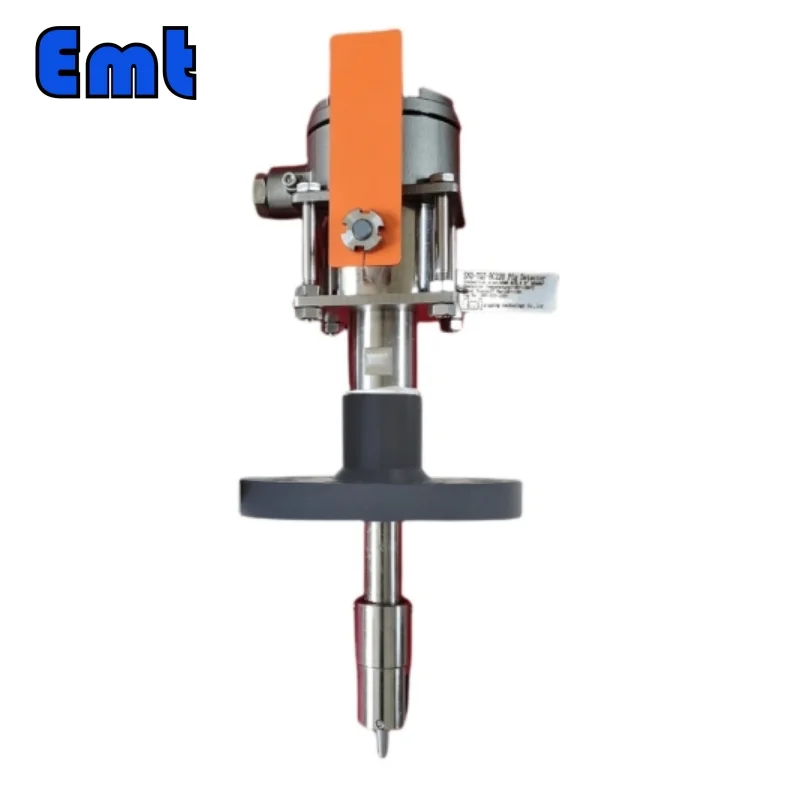
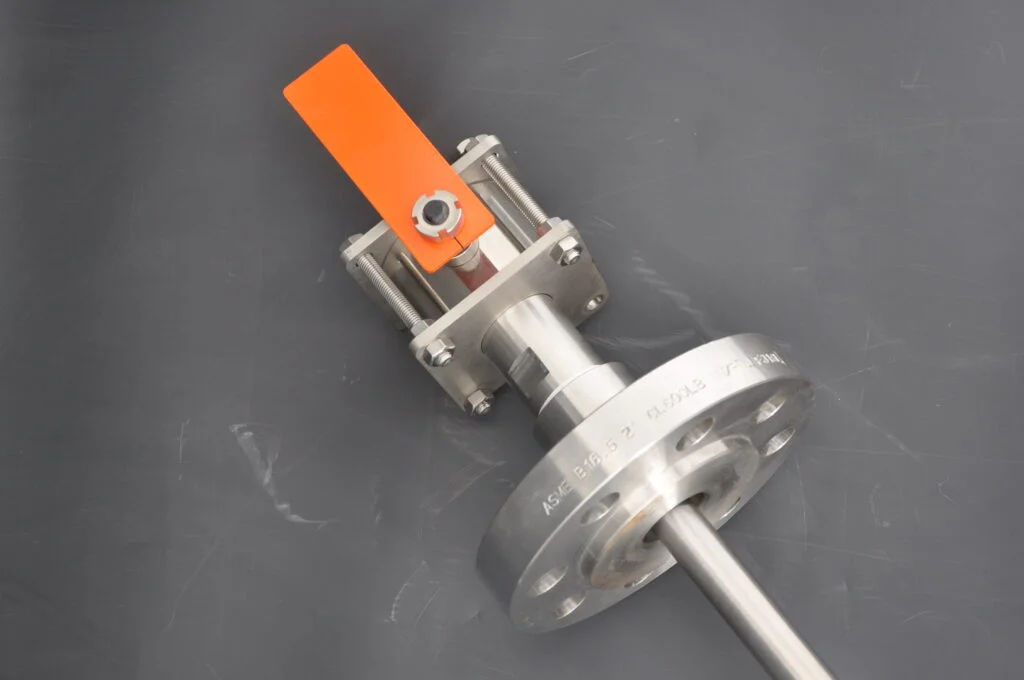
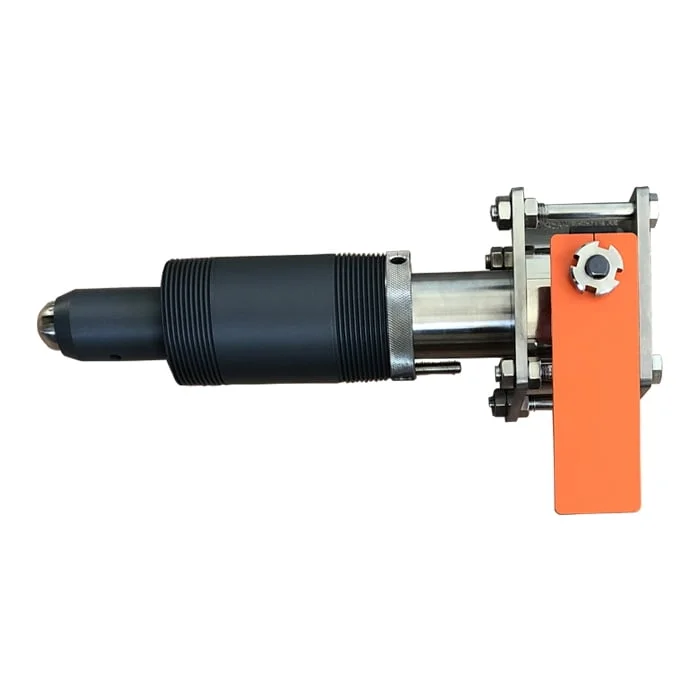
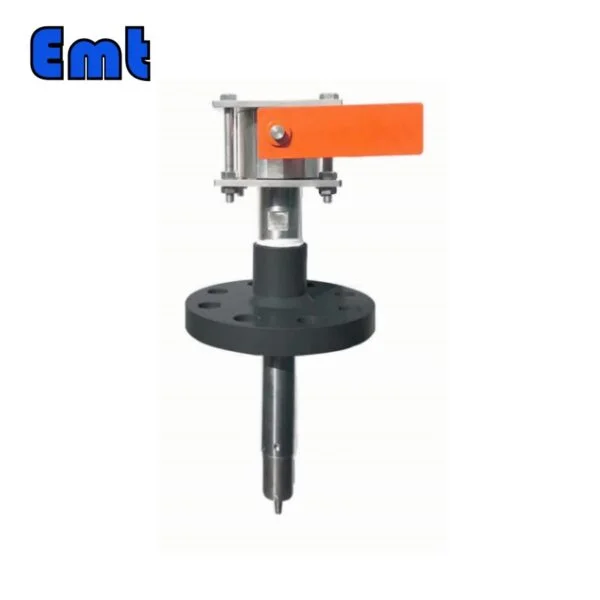
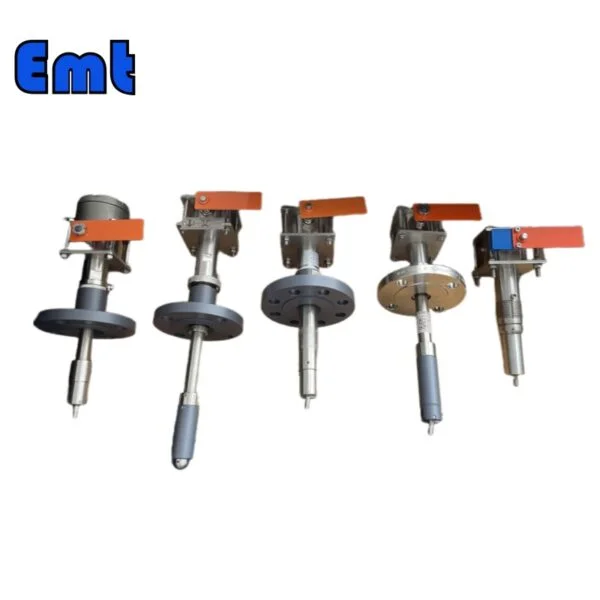
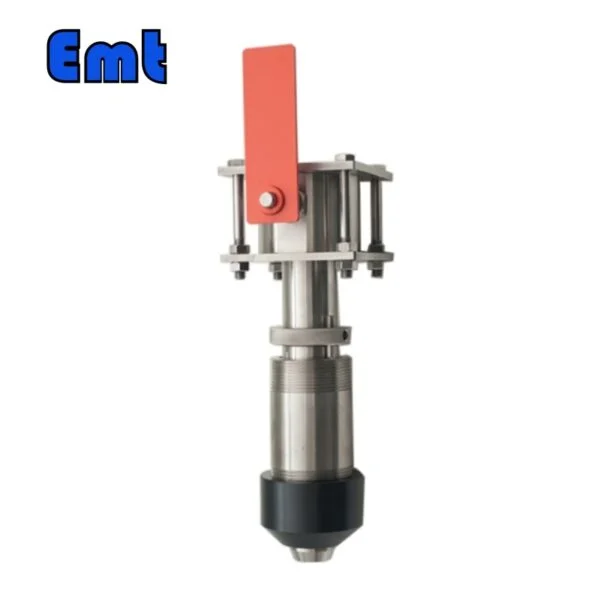
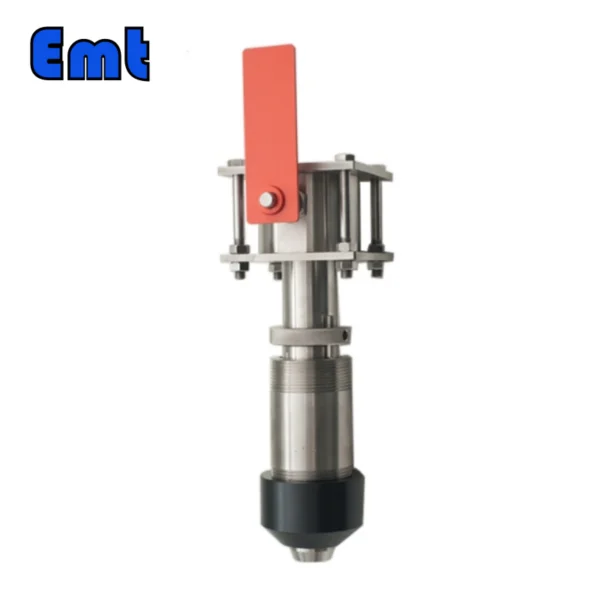
Rezensionen
Es gibt noch keine Bewertungen.